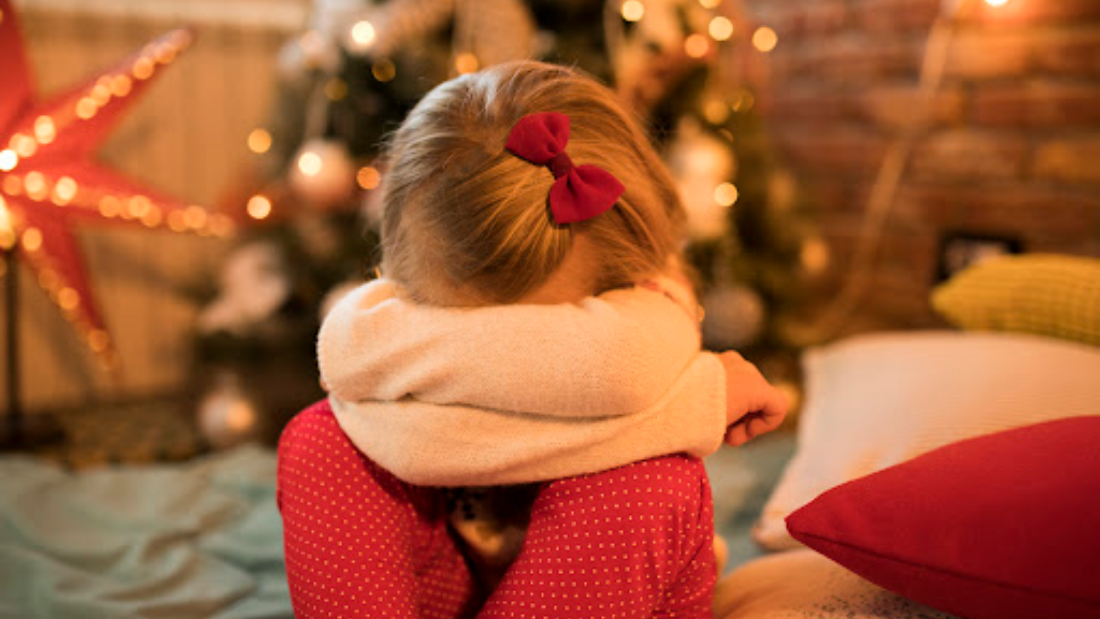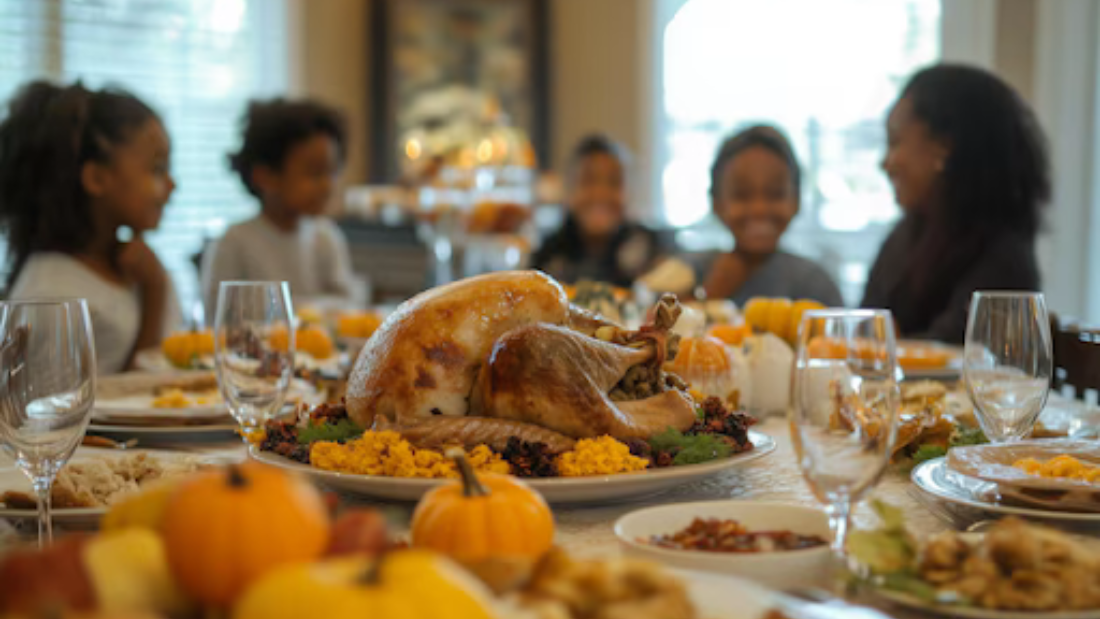As the holiday season approaches, many families find themselves navigating a complex web of emotions, particularly when coping with the loss of a loved one. For parents facing the delicate landscape of child grief during this festive time, it is essential to find ways to support their children while also honoring their own feelings of loss. Overwhelmed by mixed emotions, it becomes vital to address the unspoken grief that can overshadow holiday celebrations.
Understanding the emotional impacts of loss on children is the first step toward providing necessary support. From my experience, children process grief differently than adults. Their understanding of death is shaped by their developmental stage, often resulting in expressions of sadness, anger, or confusion. This emotional turbulence can feel especially pronounced during the holidays, a time often associated with joyous gatherings that can now feel tainted with sorrow. Recognizing these feelings allows parents to validate their child’s experiences, ensuring that the child does not have to navigate this heavy burden of grief in isolation.
Strategies for parents to support their children through this challenging time can take many forms. In my practice, I have learned that creating a safe space for open communication is paramount. Encouraging children to share their thoughts and feelings by asking gentle, open-ended questions helps establish a dialogue that is both supportive and healing. It is crucial that these conversations occur at a pace comfortable for each child, allowing them to express themselves freely.
Involving children in planning holiday activities that honor the memory of a loved one can be particularly beneficial. This approach fosters inclusion and comfort during a time that can often feel alienating. From lighting a candle in memory of the loved one to creating a special ornament for the tree or preparing their favorite dish together, these meaningful acts not only keep the memory alive but also reinforce the idea that love persists even in times of sadness.
Communicating about loss in an age-appropriate manner is also essential in helping children understand their emotions without overwhelming them. Through my involvement in educational initiatives, I have witnessed the difference that simple, clear language can make. When children are empowered to understand that grief is a natural part of life, they are more equipped to navigate their feelings healthily.
This holiday season, as families gather around tables and share stories, incorporating an understanding of grief into their journey can be transformative. By acknowledging their emotions and creating space for remembrance, parents can guide their children toward finding comfort in a world that offers both joy and sorrow. Through this approach, the spirit of the loved one can continue to shine brightly, woven into the fabric of family traditions.










